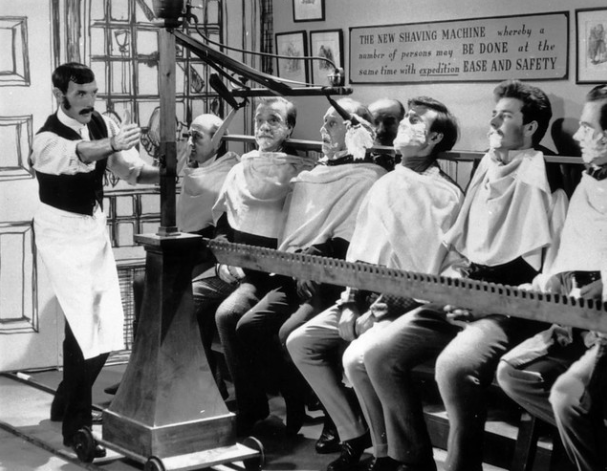Wet shaving, an age-old grooming ritual, has withstood the test of time, evolving through centuries yet retaining its essence. This method, characterized by the use of a brush, traditional shaving soap or cream, and a manual razor, offers a shaving experience that is not only close but also luxurious. Here, we delve into some of the most interesting facts about wet shaving that highlight its history, benefits, and cultural significance.
1. A Rich History
Wet shaving dates back to the Bronze Age, around 3000-1200 BC, when the first razors made of bronze were crafted. These tools were not only functional but also ornamental, indicating a high social status among ancient societies. The evolution from bronze to steel razors during the Roman Empire further refined the shaving experience, making it more efficient and comfortable.
2. The Rise of the Safety Razor
In 1901, King C. Gillette revolutionized wet shaving by inventing the safety razor, which featured a protective device between the edge of the blade and the skin. This innovation made shaving safer and more accessible to the everyday man, leading to the widespread adoption of wet shaving practices.
3. Environmental Benefits
Wet shaving is not just about achieving a close shave; it's also an eco-friendly choice. Traditional safety razors and straight razors are durable and can last a lifetime, significantly reducing plastic waste compared to disposable razors. Additionally, shaving soaps and creams often come in minimal or recyclable packaging, further minimizing environmental impact.
4. Skin Health Advantages
One of the most compelling reasons to switch to wet shaving is the benefit it offers to skin health. The process of wet shaving, especially when done with a single blade, reduces the risk of ingrown hairs and razor burn. The use of natural soaps and creams can also nourish the skin, leaving it moisturized and smooth.
5. A Ritual of Relaxation
Wet shaving is more than just a means to an end; it's a ritual that many find relaxing and therapeutic. The preparation of the lather, the methodical strokes of the razor, and the attention to detail provide a moment of calm and mindfulness in today's fast-paced world.
6. Global Shaving Practices
While wet shaving is a universal practice, different cultures have their unique approaches and traditions. For example, in Turkey, a traditional wet shave includes a hot towel treatment and often a face massage, making it a luxurious grooming experience.
7. Innovation and Tradition
Despite the advancements in electric razors and multi-blade systems, the traditional methods of wet shaving have seen a resurgence in popularity. This revival is driven by a desire for a more personalized and satisfying shaving experience, as well as an appreciation for artisanal shaving products.
8. The Community of Enthusiasts
Wet shaving has fostered a passionate community of enthusiasts who share tips, techniques, and reviews on forums and social media. This community not only helps beginners get started but also keeps the tradition alive by sharing knowledge and experiences.
Conclusion
Wet shaving is an art that combines history, tradition, and practical benefits, making it a unique aspect of personal grooming. Whether you're drawn to it for its environmental benefits, skin health advantages, or the sheer pleasure of the ritual, wet shaving offers a timeless connection to a practice that has been refined over millennia. As we continue to embrace modern innovations, the enduring appeal of wet shaving reminds us of the value in taking a moment to slow down and appreciate the finer things in life.

